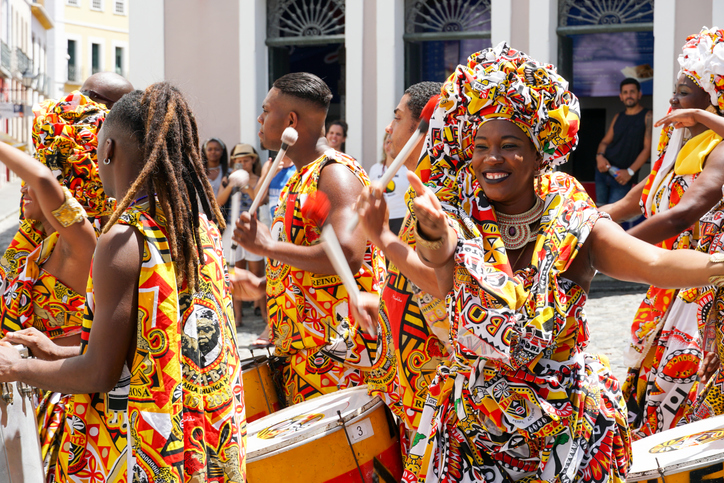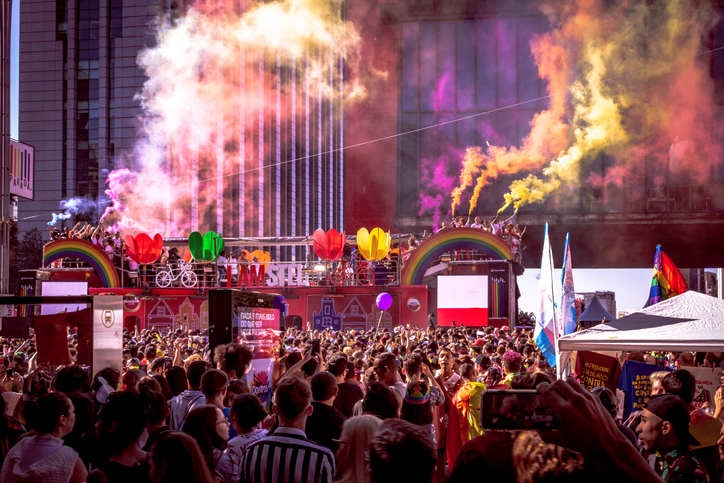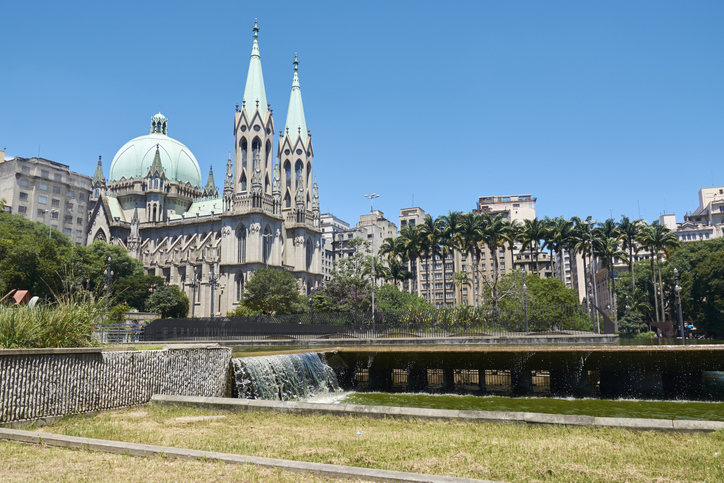One of the largest metropolitan areas on the planet
When you hear about São Paulo, the first thing that probably springs to mind is a somewhat chaotic city that moves to the rhythm of Samba. Although this is true, there’s lots more to Brazil’s largest city.
São Paulo is the most populous city in Brazil with a population of 20 million people and also one of the largest metropolitan areas on the planet. There are a few things to bear in mind when visiting this sprawling metropolis: the insecurity factor, crime rates are high, it’s generally only safe to walk around the city during working hours, and it’s best to get a taxi if you decide to go out in the evening or at night.
Maybe this is not the best introduction for such an amazing city, but it’s best to minimise risks and apply common sense, so make sure not to show off and flashy or expensive personal belongings.
But once you stick to these guidelines, you can begin to explore the city without anything to worry about.
So, let’s see some of the places you shouldn’t miss:
Ibirapuera Park:
Its size will surprise you, in total no less than 158 hectares and 3 artificial lakes form the backbone of what is known as Latin America’s Central Park. This green lung is also one of the city’s most important areas for culture and entertainment.
Several of its architectural elements also deserve our attention; these include the Obelisk, a symbol of the Constitutional Revolution, and the Auditorium, which was designed by the famous architect Oscar Niemeyer. The park boasts/features several recreational areas, playgrounds and many species of animals and plants.
Batman’s Alley:
It would be more accurate to say that this is an open-air museum that’s continually renovated. Locals say there was a huge Batman mural painted on one of the walls in the 1980s, which led to local graffiti artists and students filling the walls with other designs. It’s one of the most photographed areas on Instagram and a great opportunity to visit an outdoor museum. Batman’s Alley is the nickname for Rua Gonçalo Afonso in the Vila Madalena neighbourhood.
Paulista Avenue
This is one of the most famous avenues in the city. It stretches 3 kilometres and is considered the financial centre of the city, and is filled with hotels, bars and restaurants. This is where everything happens in São Paulo.
São Paulo Cathedral
São Paulo Cathedral is one of the five largest neo-gothic temples in the world and is located in the historic centre of the city. It took more than 40 years to build and has a capacity for 8000 people. The cathedral’s organ is the largest in all of Latin America with no fewer than 10,000 pipes.

Municipal Market of São Paulo
The city’s main market showcases typical products of the region such as the traditional mortadella and sun-dried tomato sandwich and codfish cakes. This is a building representative of local life and is noted for its 24 stained glass windows, which depict aspects of food production in the region.
With more than 10,000 restaurants throughout the city, São Paulo is known for its culinary specialities and is considered the world capital of gastronomy.
Iguatemi Shopping Centre
São Paulo is a must destination for shopping lovers, it’s the fashion capital of Latin America and ranks among the best cities in the world to shop till you drop. Iguatemi is the oldest shopping centre in Brazil in operation and is still one of the best places to find Brazilian and international brands.
The most exclusive boutiques are found on Paulista Avenue and Oscar Freire Street, which is the second most luxurious street in the Americas behind 5th Avenue in New York.
Bras Street, on the other hand, is a great spot if you’re looking for women’s clothing at reasonable prices.
São Paulo Festivities
Carnival
Although Carnival is immediately associated with Rio de Janeiro, celebrations in São Paulo are still very important and seen as the perfect excuse to meet up with family and friends. Every February, the streets are filled with floats and live music. This year Carnival is celebrated between February 21-26.

Gay Pride
The annual Gay Pride Parade is held in May and recognised as the biggest pride parade in the world, bringing together more than 4 million people to embrace and celebrate diversity. This is a free event, and all are welcome.







